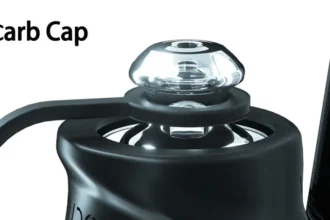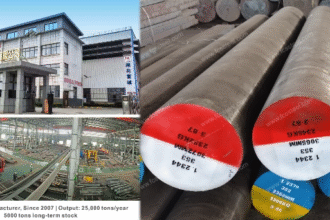Orthopedic screws have become a mainstay in modern bone fixation procedures, from spinal fusions to trauma repairs. Whether it’s a pelvic screw stabilizing the hip or smaller hardware used in a wrist fracture, these screws play a crucial role in healing. But like all surgical tools, they aren’t without risk. Knowing the common complications and how to prevent them can make a real difference in outcomes for both patients and surgeons.
Complications with Orthopedic Screws
Screw Loosening
One of the most frequent complications is screw loosening. This typically happens when there’s poor bone quality, such as in elderly patients with osteoporosis, or if the screw isn’t appropriately sized or placed. Loosening can lead toinstability, pain, and in some cases, the need for revision surgery.
Prevention tip: Pre-op planning should include a bone density scan for at-risk patients. Using locking plates, augmented screws, or bone cement in osteoporotic bone can increase stability. Intraoperative imaging can also help ensure screws are anchored in the most supportive areas of bone.
Hardware Failure
Another concern is mechanical failure—when the screw itself breaks. This is rare, but it can occur when too much stress is placed on the screw, especially if the fracture hasn’t healed properly or there’s premature weight bearing.
Prevention tip: Ensure the patient understands post-op weight restrictions. It’s not just about rest—it’s about protecting the repair. The hardware must not be the only thing holding the fracture together long-term. Good alignment and biological healing should share the load.
Infection at the Surgical Site
Infections can occur with any surgical procedure, but implants make them especially challenging. Bacteria can form biofilms on the screw surface, which are difficult to treat with antibiotics alone.
Prevention tip: Strict adherence to sterile technique in the OR is essential. Preoperative antibiotic prophylaxis and proper skin prep go a long way. Post-op, it’s about wound care and early recognition. If there’s redness, swelling, or drainage, act fast. Catching an infection early is key to avoiding hardware removal.
Nerve or Vessel Injury
Misplaced screws—especially in complex anatomical areas—can injure nearby nerves or blood vessels. This can lead to numbness, weakness, or bleeding complications.
Prevention tip: Navigation tools and real-time imaging like fluoroscopy or 3D CT guidance aren’t luxuries anymore—they’re safeguards. They help ensure that screws don’t stray off course. Understanding regional anatomy, particularly in pelvic or spinal surgery, is non-negotiable.
Migration of Screws
Sometimes, screws can shift over time. This might be due to repetitive motion, poor initial fixation, or a failure to achieve bone healing. Migrating screws can damage nearby structures or cause discomfort.
Prevention tip: Good initial fixation is critical. That means not just sinking a screw, but anchoring it in a biomechanically sound way. Also, don’t underestimate patient education. Someone who understands their healing process is less likely to jeopardize it with premature activity.
Allergic Reaction or Sensitivity
While rare, some patients may have allergic reactions to metal used in bone screws, like nickel or cobalt-chrome alloys.
Prevention tip: If a patient reports a metal allergy, take it seriously. Titanium screws are a hypoallergenic alternative and widely available. Preoperative allergy testing may be warranted for patients with known sensitivities.
Final Thoughts
Orthopedic implants, including bone screws are essential tools, but they come with risks that demand attention and planning. From the moment you choose the screw type to the last post-op follow-up, every step matters. Prevention isn’t just about avoiding problems, it’s about setting the stage for a smoother recovery and a better life after surgery. For both surgeons and patients, staying proactive is the best way to keep complications from screwing things up.

















